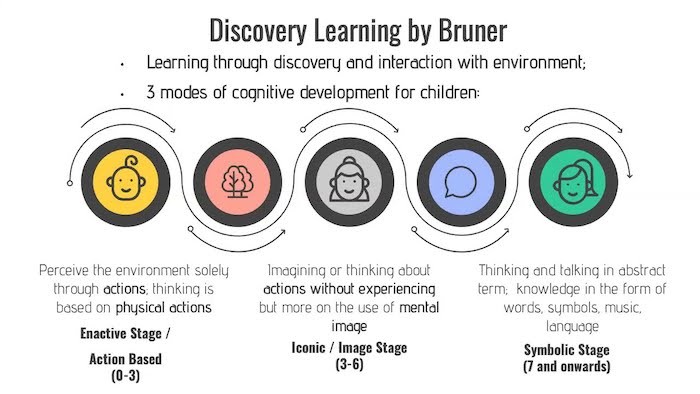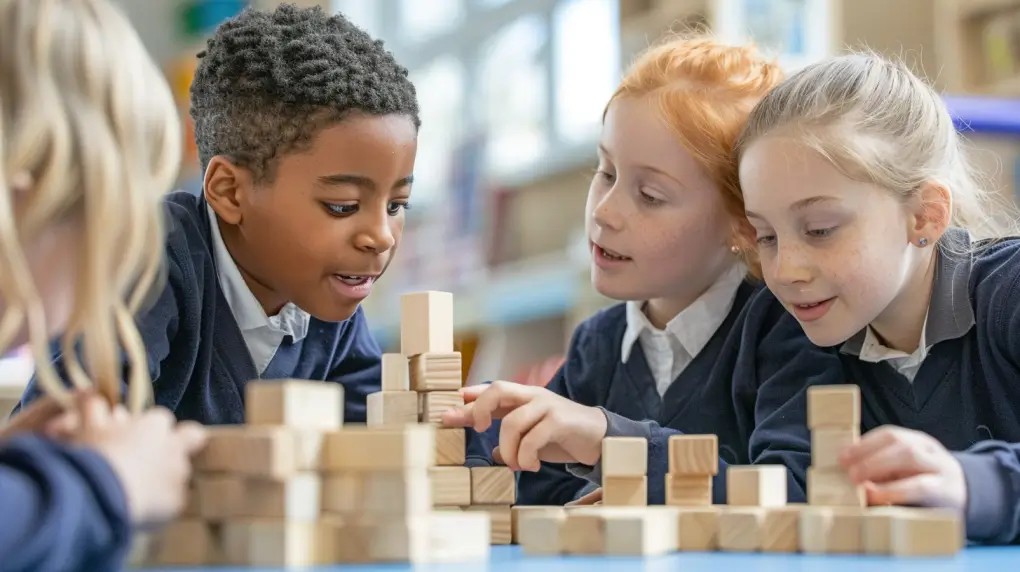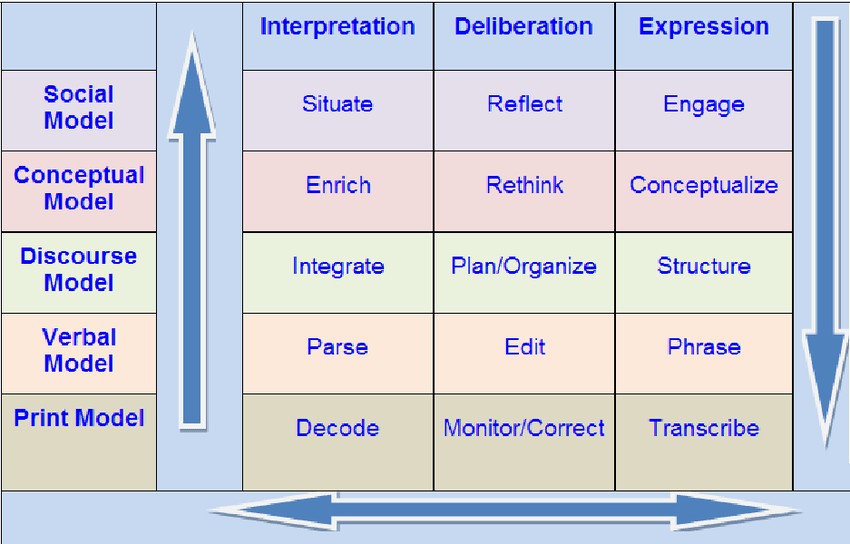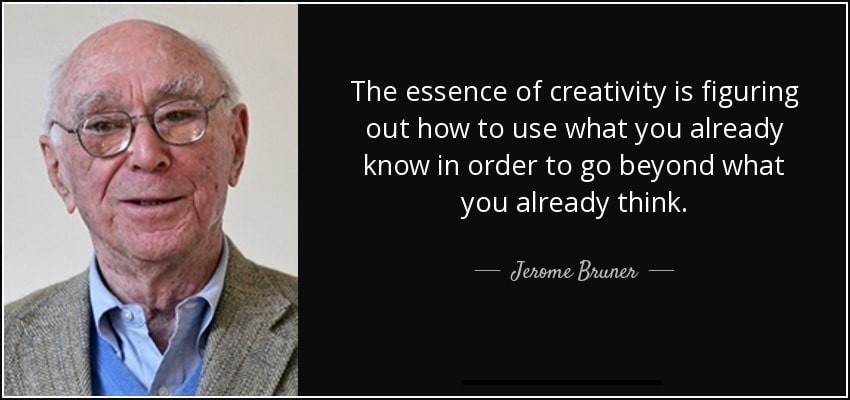Jerome Bruner, a towering figure in cognitive psychology, revolutionized our understanding of how the mind works and how we learn. His pioneering research and theories have profoundly impacted educational practices worldwide, shifting the focus from rote memorization to active, engaged learning. Born in 1915, Bruner’s journey through academia, from Duke to Harvard and beyond, placed him at the forefront of the cognitive revolution, challenging behaviorist approaches and championing the learner’s active role in constructing knowledge.
Bruner’s work, deeply rooted in understanding the intricacies of the human mind, paved the way for transformative educational strategies. He advocated for approaches that recognize learners not as passive recipients of information but as active participants in the discovery process. His insights into cognitive development and the nature of learning have provided educators with a powerful framework for fostering critical thinking, creativity, and a lifelong love of learning in their students. Let’s delve into the core of Bruner’s educational philosophy, exploring some of his most impactful ideas through the lens of discovery learning.
The Essence of Discovery Learning: Bruner’s Core Principle
At the heart of Jerome Bruner’s educational contributions lies his theory of discovery learning. This approach emphasizes that students learn best when they actively discover knowledge themselves, rather than passively receiving information. Bruner believed that learning is not about memorizing facts but about constructing understanding. Discovery learning encourages students to explore, experiment, and solve problems, fostering a deeper and more meaningful grasp of the subject matter.
Bruner argued that this active engagement in the learning process leads to several key benefits. It enhances problem-solving skills, encourages critical thinking, and makes learning more engaging and memorable. By grappling with questions and finding answers independently, students develop a stronger sense of ownership over their learning and are more likely to retain and apply what they learn.
This philosophy stands in stark contrast to traditional methods of teaching that rely heavily on lectures and textbooks. Discovery learning shifts the teacher’s role from a dispenser of knowledge to a facilitator of learning, guiding students through the process of exploration and discovery.
{width=700 height=394}Alt text: Students actively engaged in a hands-on discovery learning activity, collaborating and exploring materials to understand a concept.
Bruner’s Quotes Illuminating Discovery Learning
While pinpointing direct quotes specifically containing the phrase “Quotes From Jerome Bruner Discovering Learning” might be challenging, we can explore quotes from Bruner that encapsulate the spirit and principles of discovery learning. His writings are rich with insights that illuminate his belief in the power of active learning and exploration.
One quote that resonates deeply with the essence of discovery learning is:
“Discovery, like surprise, favors the well-prepared mind.”
This quote underscores that discovery is not simply about aimless exploration. It highlights the importance of prior knowledge and a structured approach to learning. Students need a foundation of understanding and the tools to inquire effectively. Discovery learning, in Bruner’s view, is guided exploration, where students build upon their existing knowledge to uncover new insights.
Another powerful quote that captures Bruner’s perspective on learning is:
“Any subject can be taught effectively in some intellectually honest form to any child at any stage of development.”
This quote speaks to Bruner’s concept of the spiral curriculum, where complex ideas can be introduced to students at any age, provided they are presented in a way that is accessible and engaging. Discovery learning is a key method to achieve this, allowing educators to adapt complex subjects to different developmental levels by focusing on fundamental principles and encouraging exploration at an appropriate level of complexity.
Further emphasizing the active nature of learning, Bruner stated:
“Learning is most often figuring out how to use what you already know in order to go beyond what you currently think.”
This quote perfectly encapsulates the constructivist nature of Bruner’s theory. Learning is not about passively absorbing information; it’s about actively building upon existing knowledge to construct new understandings. Discovery learning facilitates this process by encouraging students to connect new experiences and information to their prior knowledge, fostering deeper comprehension and retention.
Implementing Discovery Learning in the Classroom
Bruner’s discovery learning theory provides a framework for educators to create dynamic and engaging learning environments. To effectively implement discovery learning, teachers can focus on several key strategies:
- Guided Inquiry: Instead of directly providing answers, teachers should pose open-ended questions that guide students to explore and discover solutions themselves. This approach encourages critical thinking and problem-solving skills.
- Hands-on Activities: Incorporating hands-on activities and experiments allows students to interact directly with the subject matter, making learning more concrete and memorable.
- Problem-Based Learning: Presenting students with real-world problems that require them to apply their knowledge and skills to find solutions is a powerful way to foster discovery learning.
- Collaborative Projects: Group projects and collaborative learning activities encourage students to share ideas, learn from each other, and engage in shared discovery.
- Creating a Supportive Environment: It is crucial to create a classroom environment where students feel safe to explore, experiment, and even make mistakes. Learning from errors is a vital part of the discovery process.
{width=1020 height=572}Alt text: A group of diverse students engaged in a collaborative learning project, demonstrating teamwork and shared problem-solving.
Beyond Discovery Learning: Bruner’s Broader Contributions
While discovery learning is a cornerstone of Bruner’s legacy, his contributions extend to other significant theories that further enrich our understanding of education. These include:
- Spiral Curriculum: This theory emphasizes the importance of revisiting fundamental ideas repeatedly throughout the curriculum, each time at a deeper level of understanding. Discovery learning aligns perfectly with the spiral curriculum, as students can rediscover concepts at increasing complexity as they progress.
- Modes of Representation: Bruner proposed three modes of representation – enactive (action-based), iconic (image-based), and symbolic (language-based). Effective teaching, according to Bruner, involves presenting information across all three modes to cater to diverse learning styles and enhance understanding. Discovery learning can be facilitated through activities that engage all modes of representation.
- Scaffolding: Bruner introduced the concept of scaffolding, where teachers provide temporary support to students as they learn new skills or concepts, gradually withdrawing support as students become more proficient. Scaffolding is essential in discovery learning to guide students without giving away the answers, allowing them to experience the satisfaction of independent discovery.
{width=850 height=544}Alt text: A diagram visually representing Jerome Bruner’s three Modes of Representation: Enactive, Iconic, and Symbolic learning.
The Enduring Legacy of Jerome Bruner
Jerome Bruner’s work has left an indelible mark on the field of education. His emphasis on discovery learning, along with his broader theories, has empowered educators to move beyond traditional, passive methods of teaching and embrace more student-centered, active approaches. His insights continue to inspire educators to create learning environments that foster curiosity, critical thinking, and a lifelong love of learning.
Bruner’s legacy is not just in his theories but in the practical impact they have had on classrooms around the world. By understanding and applying his principles, educators can unlock the full potential of their students, helping them become active learners, critical thinkers, and lifelong discoverers of knowledge. His quotes and theories serve as a constant reminder of the power of engaged learning and the importance of nurturing the innate curiosity within every student.
{width=850 height=400}Alt text: A portrait of Jerome Bruner with an inspirational quote about the importance of discovery in learning, emphasizing his impact on education.

